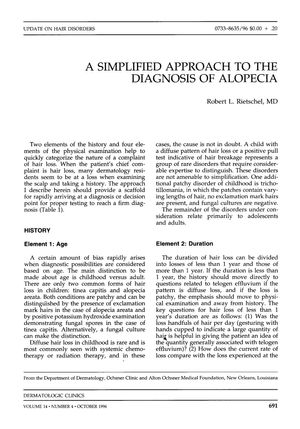TLDR A simplified method was introduced to diagnose most hair loss types by examining the patient's history and scalp, with some cases needing further tests.
In 1996, a simplified diagnostic approach for alopecia was introduced, focusing on the patient's history and physical examination. Key historical factors included the patient's age and hair loss duration. The physical exam concentrated on the scalp's condition, hair loss pattern, pull test results, and follicular unit integrity. For children, tinea capitis and alopecia areata were common, distinguishable by exclamation mark hairs and a positive potassium hydroxide exam. In adults, hair loss under a year might indicate telogen effluvium, while over a year could suggest androgenetic alopecia. Scalp abnormalities and hair loss patterns could point to conditions like syphilis or androgenetic alopecia, and the pull test assessed hair shedding or breakage. Follicular unit examination with a hand lens helped estimate hair loss density. This method aimed to enable dermatologists, particularly residents, to quickly diagnose 97% of common hair loss cases, though some might still require confirmatory lab tests.
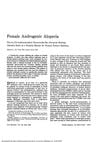 14 citations
,
September 1986 in “Archives of Dermatology”
14 citations
,
September 1986 in “Archives of Dermatology” Women with low SHBG levels and a high 3a-diol G to SHBG ratio are likely to experience female pattern baldness, possibly due to a slight excess of androgens affecting sensitive hair bulbs.
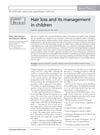 5 citations
,
November 2011 in “Expert Review of Dermatology”
5 citations
,
November 2011 in “Expert Review of Dermatology” The document concludes that early diagnosis and a comprehensive treatment plan are crucial for managing hair loss in children, with a focus on both medical and psychological support.
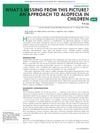 6 citations
,
November 2007 in “Archives of Disease in Childhood: Education & Practice”
6 citations
,
November 2007 in “Archives of Disease in Childhood: Education & Practice” The document concludes that accurate diagnosis of alopecia in children relies on thorough examination and history, and while treatments exist, none can alter the course of alopecia areata, which can significantly affect a child's psychological well-being.
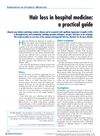 3 citations
,
July 2012 in “British journal of hospital medicine”
3 citations
,
July 2012 in “British journal of hospital medicine” The guide helps clinicians diagnose and manage hair loss, detailing examination techniques and treatments for different types of alopecia.
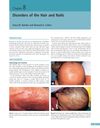 1 citations
,
January 2013 in “Elsevier eBooks”
1 citations
,
January 2013 in “Elsevier eBooks” The document reviews various hair and nail disorders, their causes, and treatments, emphasizing the need for proper diagnosis and the link between nail changes and systemic diseases.
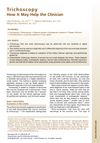 42 citations
,
October 2012 in “Dermatologic Clinics”
42 citations
,
October 2012 in “Dermatologic Clinics” Trichoscopy is a useful tool for diagnosing different hair and scalp diseases without surgery.
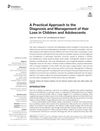 40 citations
,
July 2017 in “Frontiers in Medicine”
40 citations
,
July 2017 in “Frontiers in Medicine” Early and personalized treatment for hair loss in young people is crucial to prevent permanent damage and should include psychological support.
